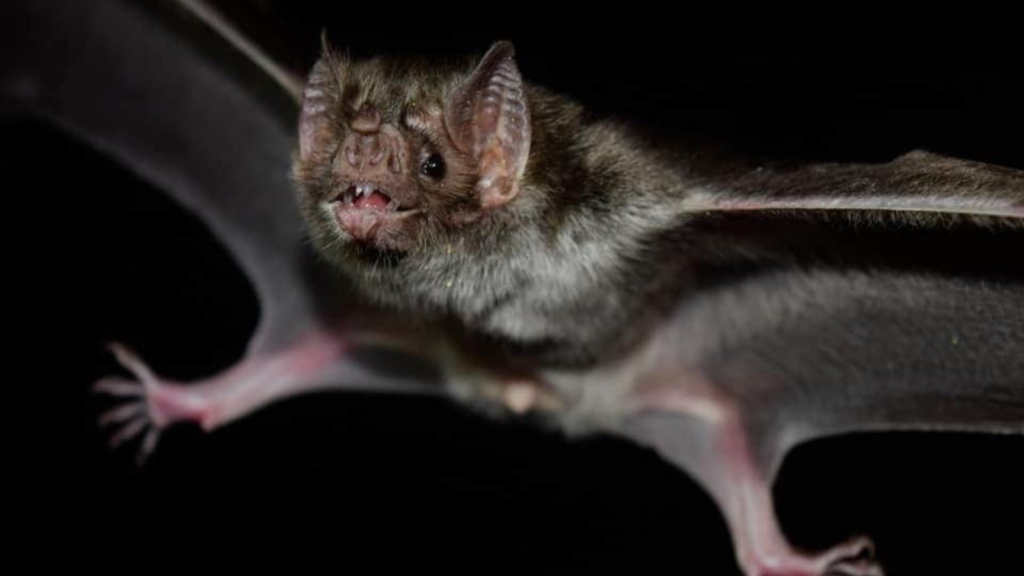Vampire bats have long captured our imagination, often appearing in spooky stories and Halloween decorations. But these unique creatures are far more fascinating than their fearsome reputation suggests. Found in parts of Mexico, Central America, and South America, vampire bats are the only mammals that feed entirely on blood. Aside from their eerie feeding habits, these small flying mammals have some truly remarkable adaptations and behaviours. From their highly specialized teeth to their surprising social lives, vampire bats are really very interesting. They’re incredibly misunderstood. They’re not evil or aggressive or bad, even though they’re much-maligned.
Blood-Only Diet
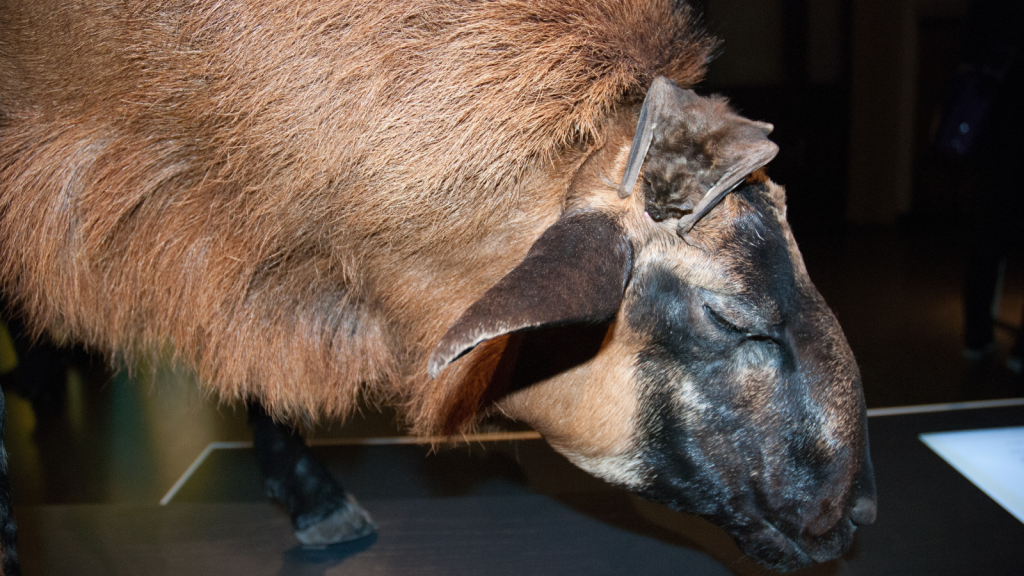
Vampire bats are the only mammals that feed exclusively on blood. They primarily feed on the blood of cattle, horses, and large birds. Their bodies are highly adapted to this unique diet, with special enzymes in their saliva that prevent blood from clotting. They can consume up to half their body weight in blood in a single feeding session. Interestingly, vampire bats can survive without blood for up to three days, but they’ll often share food with less fortunate colony mates to prevent starvation.
Razor-Sharp Teeth
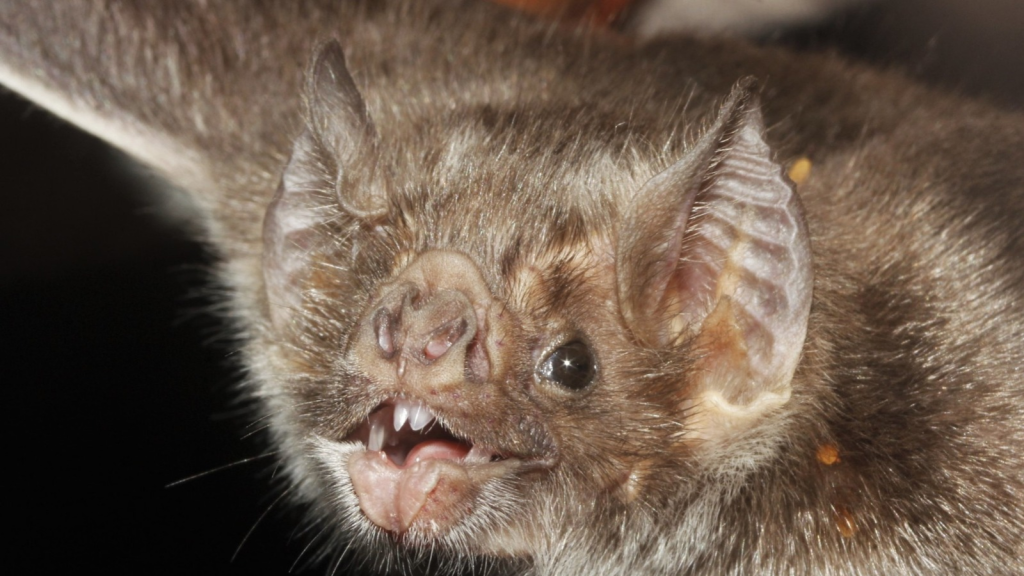
These bats have specialized teeth that are incredibly sharp. Their incisors and canine teeth lack enamel, which keeps them razor-sharp. This allows them to make a small, painless incision in their prey’s skin. The cut is so fine that the prey animal often doesn’t even notice it’s being fed upon. These teeth are self-sharpening, constantly maintaining their keen edge as the bat uses them.
Heat-Sensing Noses
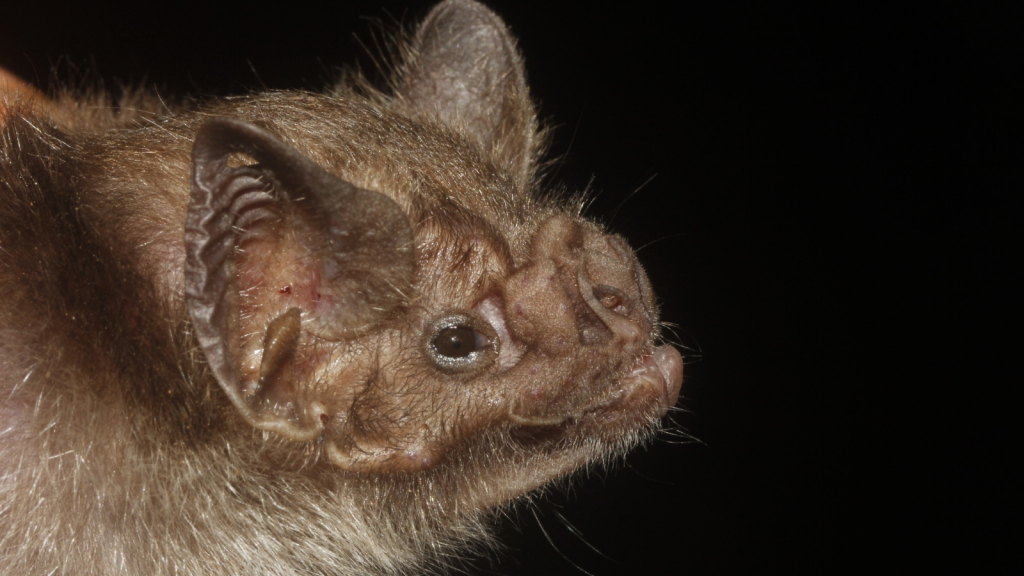
Vampire bats have an extraordinary ability to locate blood. They have heat-sensing cells in their noses that can detect warm blood just beneath an animal’s skin. This adaptation allows them to find the best spot to feed, usually an area where blood vessels are close to the skin’s surface. These heat-sensing organs are so sensitive they can detect temperature differences as small as 0.3 degrees Celsius.
Social Meal Sharing
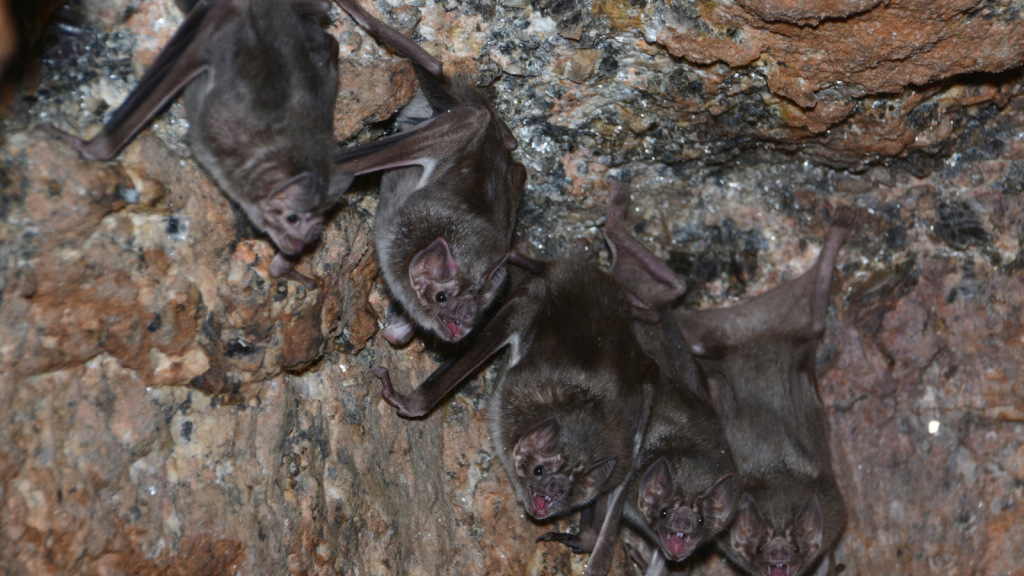
Despite their fearsome reputation, vampire bats are surprisingly social. They’ve been observed sharing meals with hungry colony mates. If a bat fails to find a meal, another bat might regurgitate some of its blood meal to feed its hungry friend. This behaviour helps ensure the survival of the colony. These food-sharing relationships are not random; bats are more likely to share with individuals who have previously shared with them, demonstrating a form of reciprocal altruism.
Stealthy Ground Movement
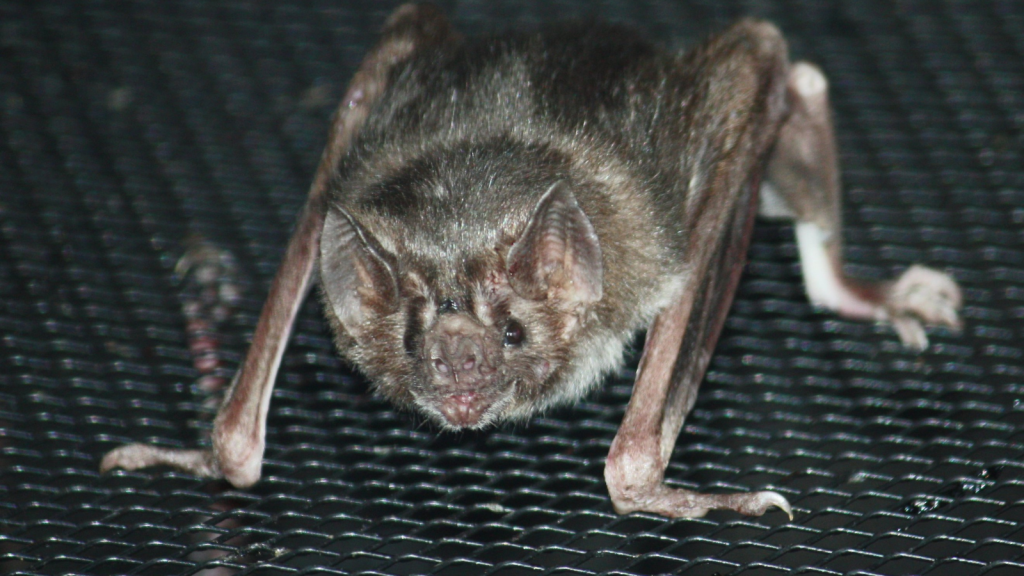
Unlike most bats, vampire bats are excellent walkers. They can move quickly and quietly on the ground, using their wings as front legs. This ability allows them to approach sleeping prey animals without disturbing them. They can even gallop and jump with surprising agility. In fact, vampire bats can reach speeds of up to 1.2 meters per second when running, which is quite fast for their small size.
Anticoagulant Saliva

Vampire bat saliva contains a powerful anticoagulant called draculin. This substance prevents the prey’s blood from clotting while the bat feeds. Scientists are studying this compound for potential medical applications, such as treating stroke and heart attack patients. The anticoagulant effect of draculin can last for up to 8 hours after the initial bite, ensuring a steady flow of blood throughout the bat’s feeding session.
Echolocation Experts
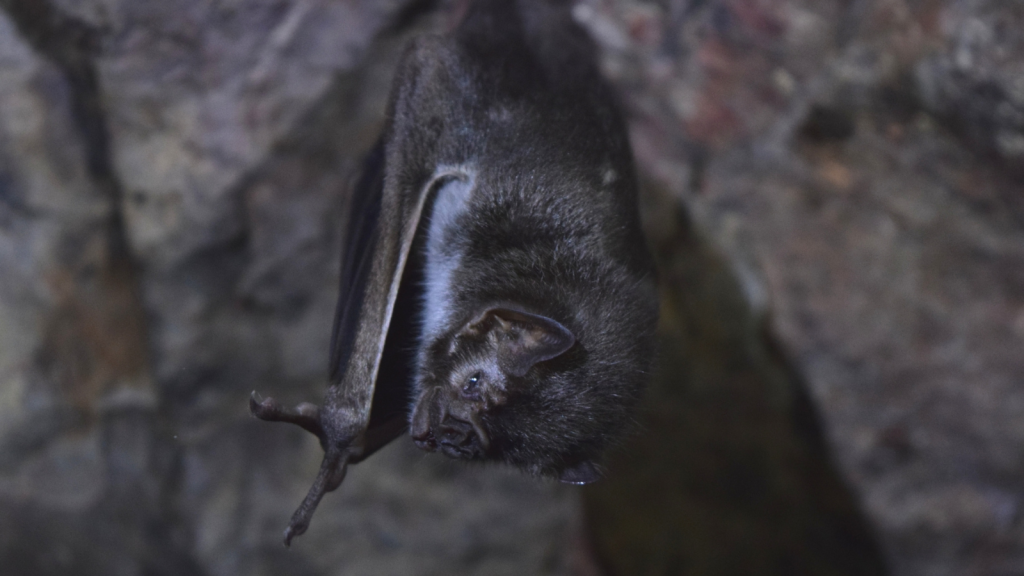
Like other bats, vampire bats use echolocation to navigate in the dark. However, their echolocation calls are among the quietest of all bats. This allows them to approach their prey stealthily without waking them up. Their calls are so quiet that they’re barely audible to human ears. Vampire bats can detect objects as thin as a human hair using their echolocation, demonstrating the remarkable precision of this sensory system.
Kidney Adaptations

Vampire bats have unique kidney adaptations to handle their liquid diet. Their kidneys can rapidly process the large amounts of water in the blood they consume. They begin urinating within two minutes of starting to feed and can lose up to 24% of their body weight in urine in an hour. This rapid processing allows them to quickly extract the nutrients they need while shedding excess water, making them lighter for flight after feeding.
Thumb Claws
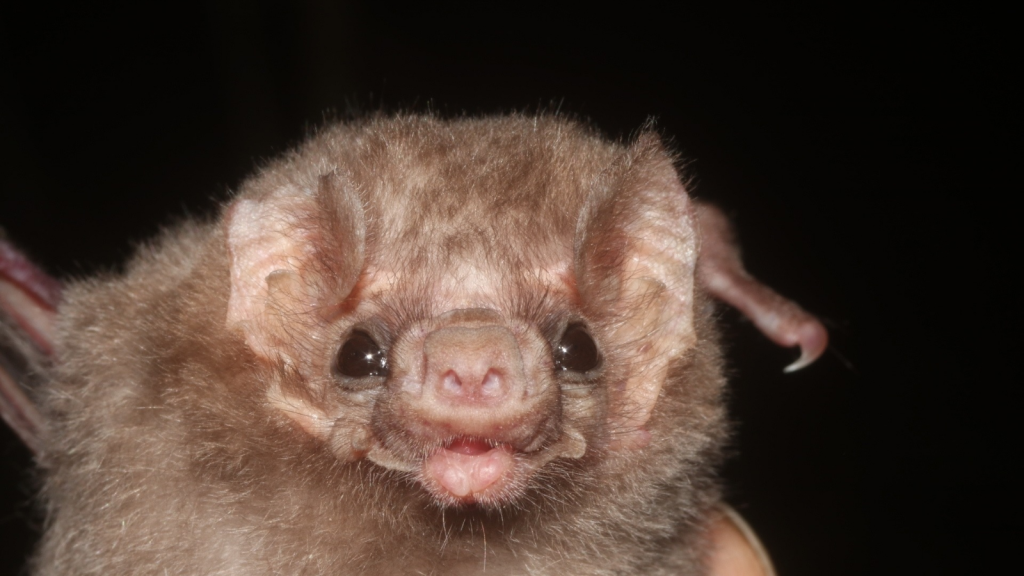
These bats have large, sharp claws on their thumbs. These claws help them cling to their prey while feeding and assist in climbing. The claws are so effective that vampire bats can hang onto slick surfaces like glass, a feat few other bats can manage. These claws are also used in social grooming, helping to strengthen bonds between colony members.
Infrared Radiation Detection
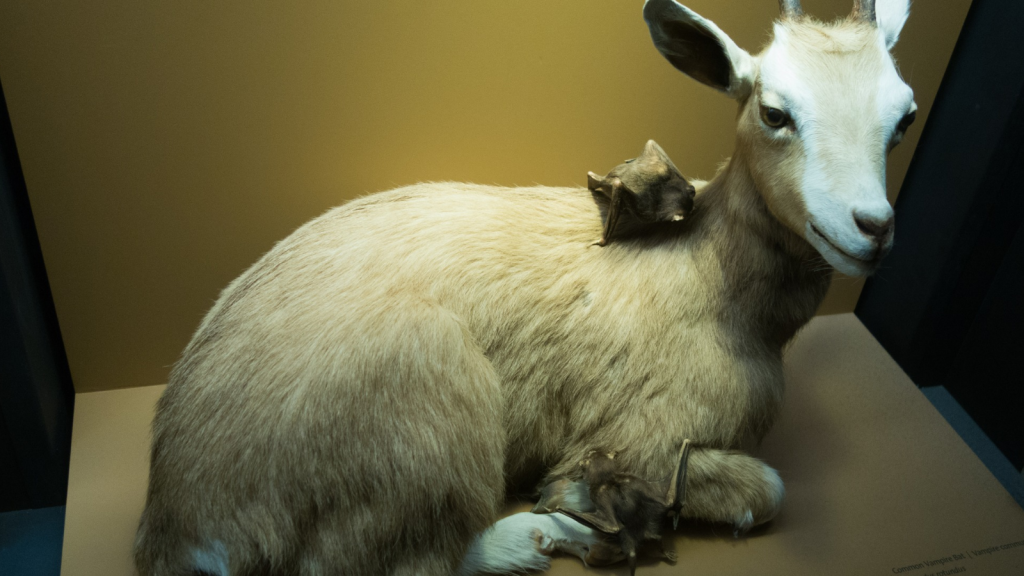
Recent research has shown that vampire bats can detect infrared radiation. This ability allows them to locate areas of high blood flow on their prey’s body. It’s thought that this skill complements their heat-sensing nose, making them even more efficient hunters. The infrared-sensitive molecules in their noses are similar to those found in pit vipers, suggesting a case of convergent evolution.
Social Bonding
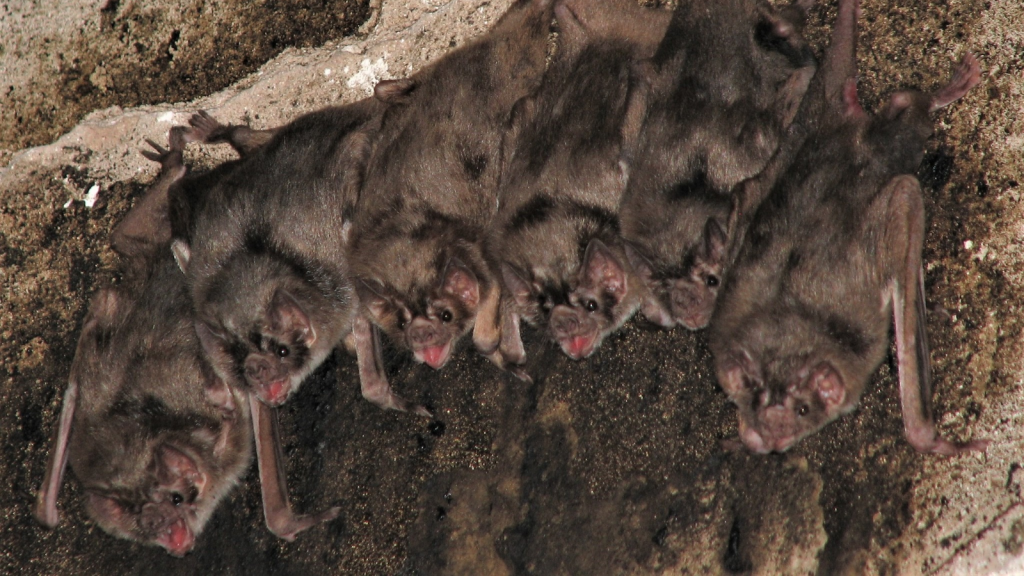
Vampire bats form strong social bonds within their colonies. They groom each other, share food, and even adopt orphaned pups. These social behaviours are crucial for their survival, as a bat that fails to feed for more than two or three nights may starve. Female vampire bats have been observed nursing unrelated pups, a rare behaviour in the animal kingdom known as alloparental care.
Impressive Lifespan
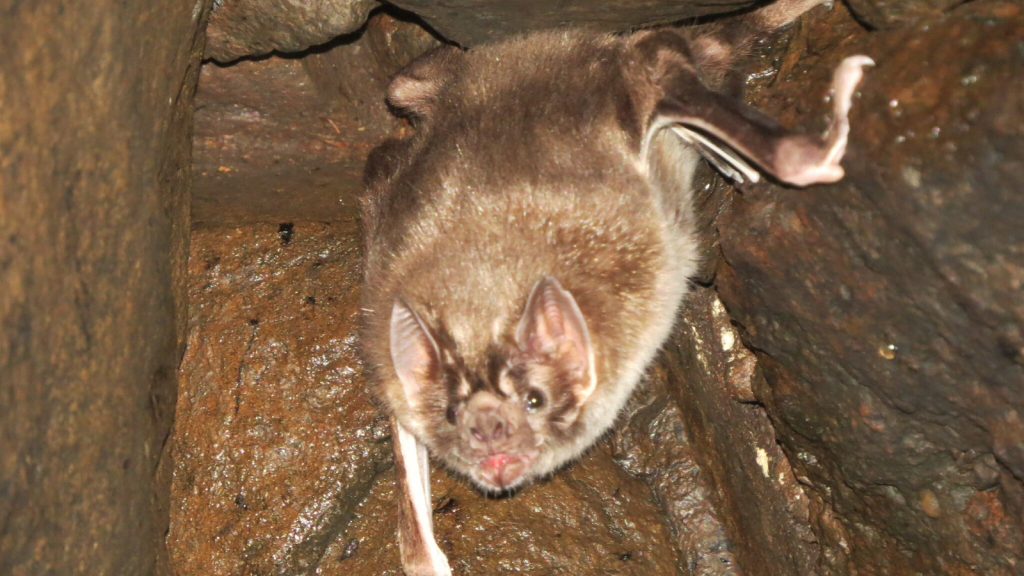
Despite their small size and high-risk lifestyle, vampire bats can live surprisingly long lives. In the wild, they typically live for 9-12 years, but in captivity, they can live up to 20 years. This is quite impressive for a small mammal. Their longevity may be partly due to their unique diet, which is low in harmful substances that can cause cellular damage over time.
Rare Rabies Vectors
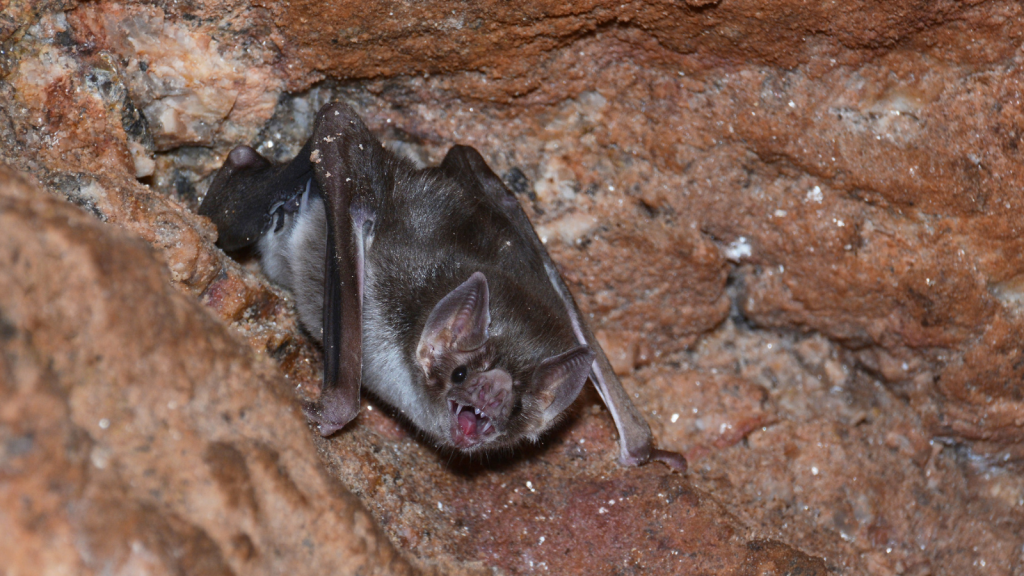
While vampire bats can carry rabies, they’re actually less likely to transmit the disease than many other wildlife species. They have a unique immune system that allows them to carry the virus without becoming ill. However, they can still transmit it, which is why livestock in vampire bat areas are often vaccinated. Interestingly, vampire bats have been observed isolating sick members of their colony, a behaviour that may help prevent the spread of diseases like rabies.
Specialized Digestive System
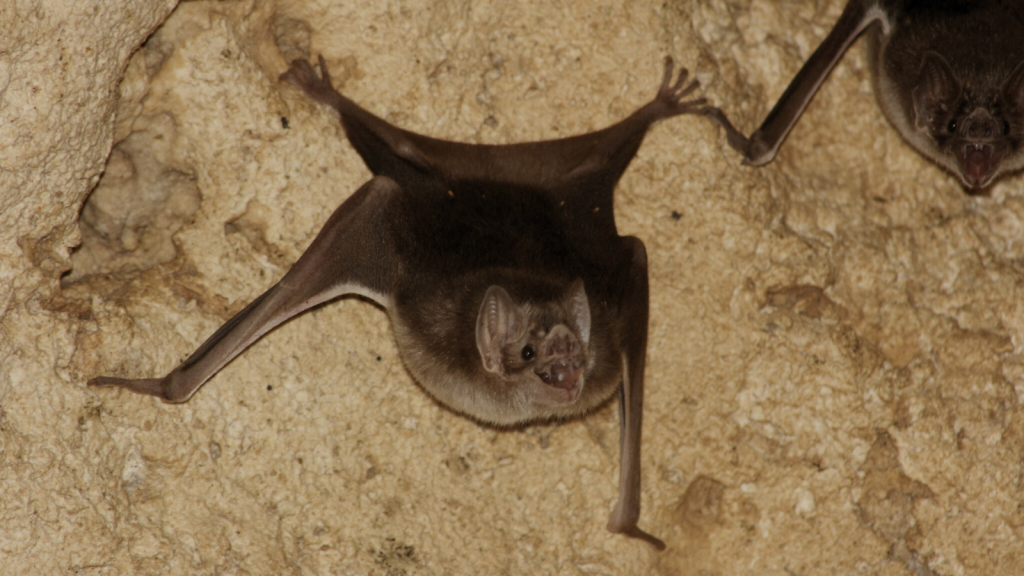
Vampire bats have a highly specialized digestive system to process their blood-only diet. Their stomachs and intestines are much shorter than those of other bats, allowing them to quickly digest blood and extract the nutrients they need. They can absorb up to 90% of the water content in the blood they consume. Their digestive system is so efficient that they can begin absorbing nutrients from the blood while it’s still in their stomach, before it even reaches the intestines.
Excellent Memories
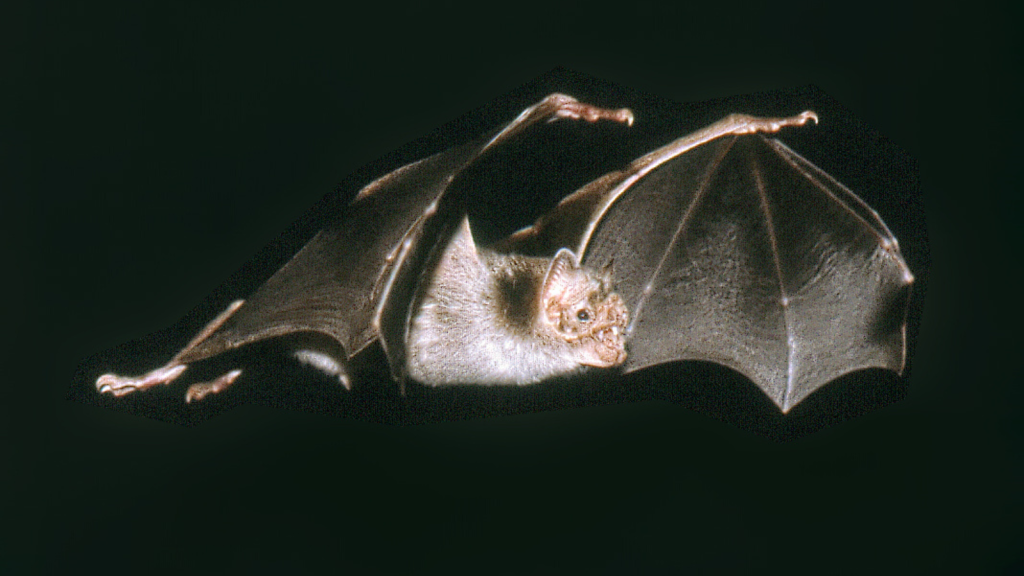
Vampire bats possess remarkable spatial memory abilities. They can remember the locations of good feeding sites and return to them night after night. This memory isn’t just short-term; they can recall these locations for up to two years. Their ability to remember and return to reliable food sources is crucial for their survival, especially during times when prey might be scarce. This cognitive skill is particularly impressive given the bat’s small size and the vast areas they sometimes need to cover in search of food. Research has shown that vampire bats can remember the calls of specific individuals, allowing them to recognize and respond to familiar colony mates even in large groups.

